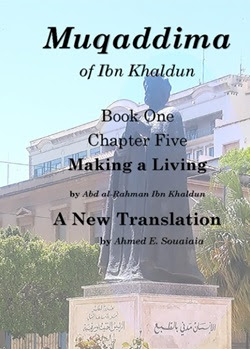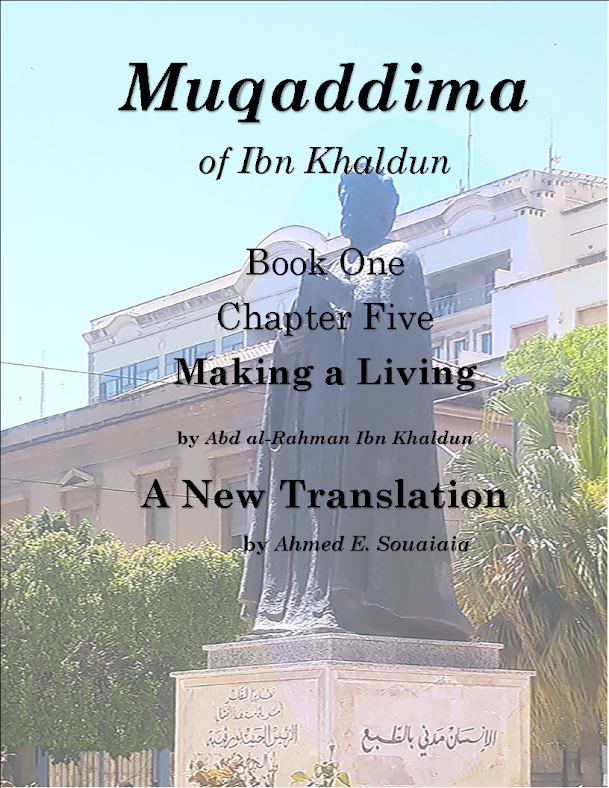 |
| Oldest surviving copies fragments of a Quran manuscript |
Fragments of what researchers say are part of one of the world’s oldest manuscripts of the Quran have been found at the University of Birmingham, the school said on Wednesday.
The ancient fragments are probably at least 1,370 years old, which would place the manuscript’s writing within a few years of the founding of Islam, researchers say, and the author of the text may well have known the Prophet Muhammad.
The ancient fragments are probably at least 1,370 years old, which would place the manuscript’s writing within a few years of the founding of Islam, researchers say, and the author of the text may well have known the Prophet Muhammad.
The small pieces of the manuscript, written on sheep or goat skin, sat in the university’s library for about a century until a Ph.D. student noticed their particular calligraphy. The university sent a small piece of the manuscript to Oxford University for radiocarbon dating.
David Thomas, a professor of Christianity and Islam at the University of Birmingham, said that when the results came back, he and other researchers had been stunned to discover the manuscript’s provenance.
Muslims believe Muhammad received the revelations that form the Quran, the scripture of Islam, between 610 and 632, the year of his death. Professor Thomas said tests by the Oxford Radiocarbon Accelerator Unit indicated with a probability of more than 94 percent that the parchment dated from 568 to 645.
During the time of Muhammad, the divine message was not compiled into the book form in which it appears today, Professor Thomas said. Rather, the words believed to be from God as told to Muhammad were preserved in the “memories of men” and recited. Parts of it were written on parchment, stone, palm leaves and the shoulder blades of camels, he said.
read more >>During the time of Muhammad, the divine message was not compiled into the book form in which it appears today, Professor Thomas said. Rather, the words believed to be from God as told to Muhammad were preserved in the “memories of men” and recited. Parts of it were written on parchment, stone, palm leaves and the shoulder blades of camels, he said.

































No comments:
Write comments